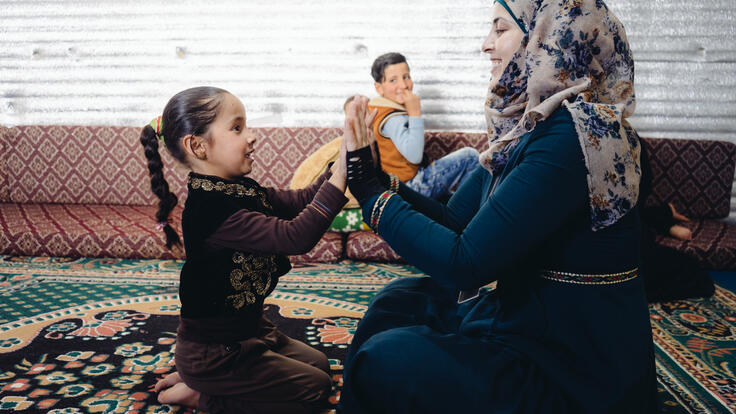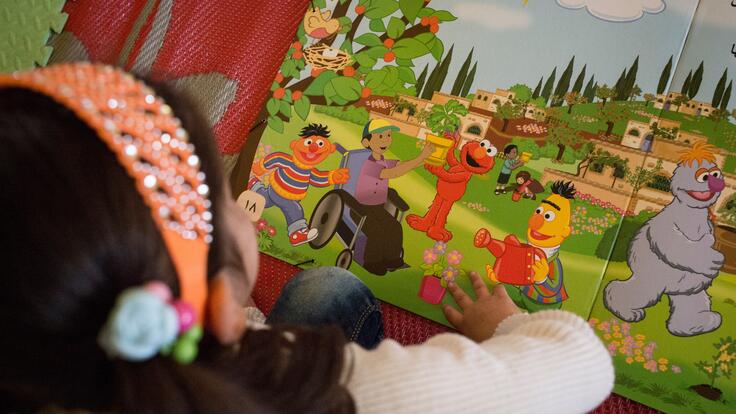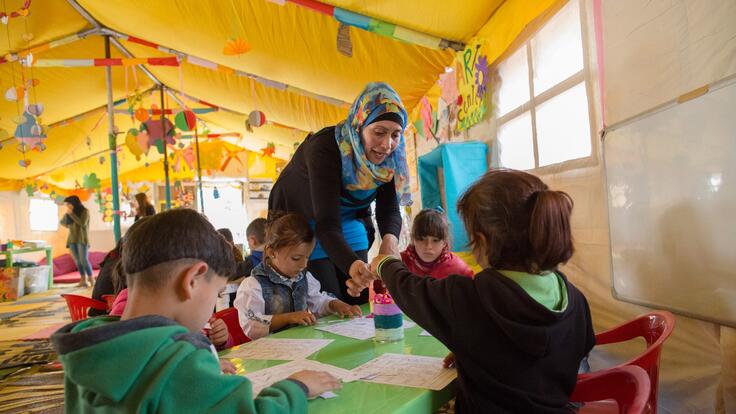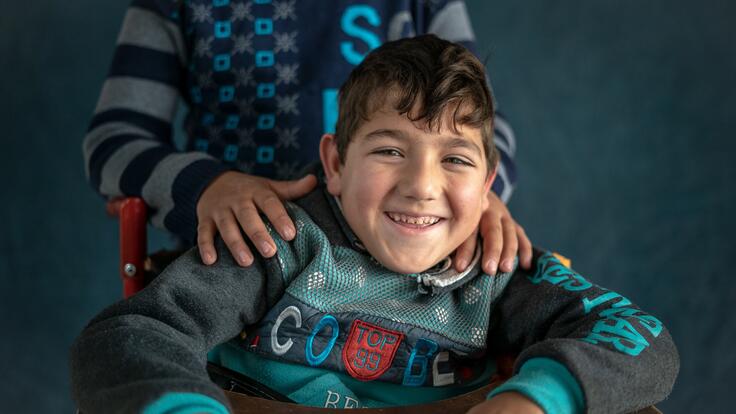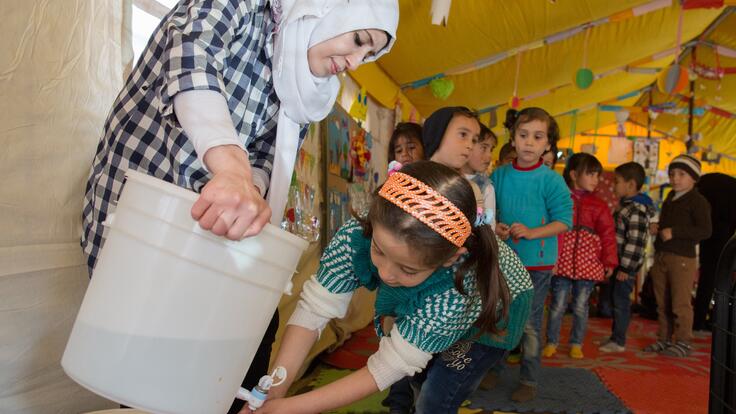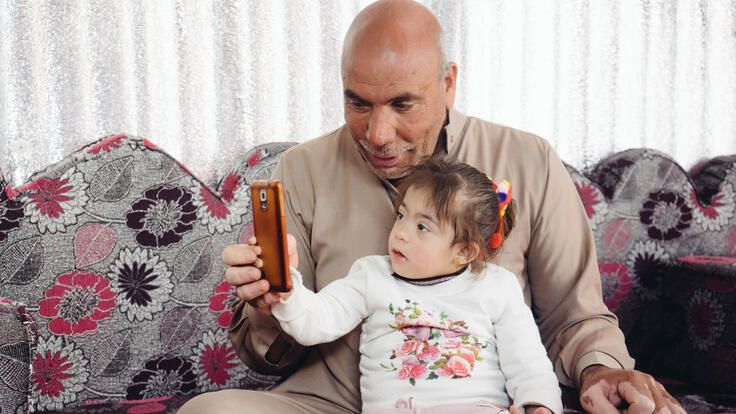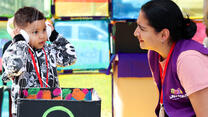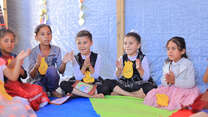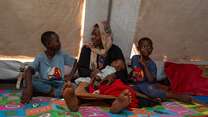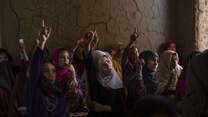Learning for all children
Across the world, children with disabilities are often the most marginalized group in schools and education. This exclusion is heightened in emergency and crisis settings where the barriers are amplified, leaving children with disabilities with limited access to support services. Here are six ways the IRC makes learning inclusive:
